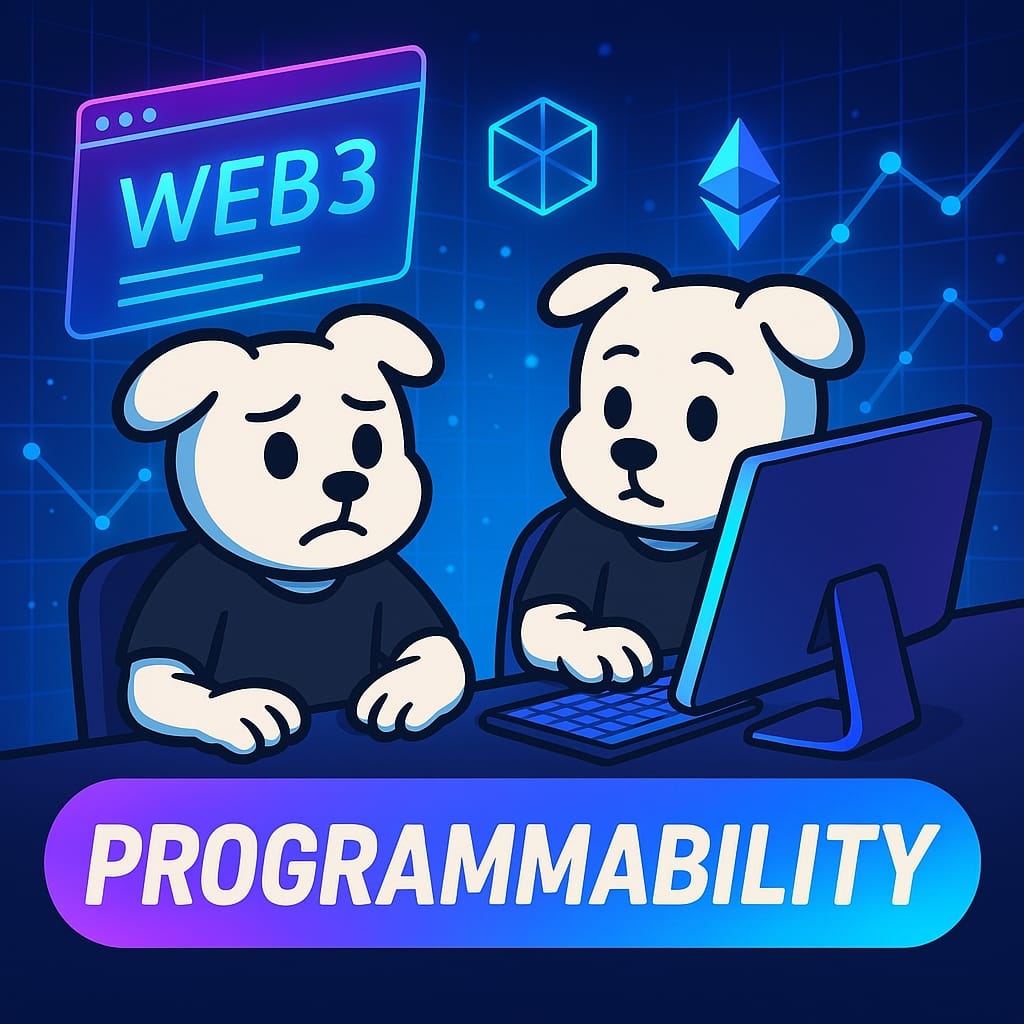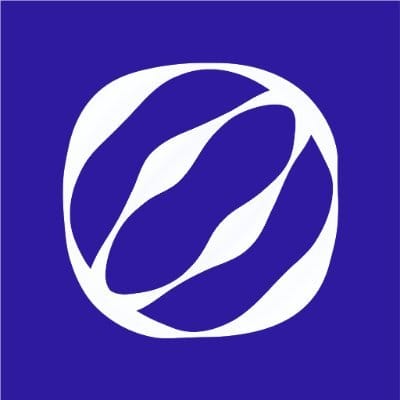Programmability Meets Stability: Unlocking New Use Cases with Tether’s USDT-Backed SDK

Tether is evolving. Once known primarily as the issuer of USDT the world’s most used stablecoin Tether is now positioning itself as a full-blown infrastructure player.
Its recent launch of a USDT-native blockchain came with more than just zero-fee transfers and stable gas mechanics.
It also introduced a developer SDK and testnet tooling that quietly hints at something much bigger: a programmable layer for stable-value applications.
This is more than just a technical update ,it’s an open invitation to developers, builders, and even enterprises to start creating a new breed of financial tools that run natively on stablecoins.
And for many regions where traditional banking infrastructure is unreliable or exclusionary, this shift could be massive. Here’s a look at what this SDK unlocks, and why it could be a pivotal moment for stablecoin-based innovation.
•What Is Tether’s USDT SDK All About?
At its core, the SDK is a toolkit designed to let developers easily build on Tether’s new blockchain infrastructure. That means:
➤ Simple APIs to integrate wallet creation, transactions, and account management.
➤ Pre-configured testnet tools for experimentation before going live.
➤ Support for embedded payments inside apps, games, or enterprise tools ,powered by USDT.
In other words, you don’t need to worry about integrating complex gas fee logic or managing volatile tokens. Everything revolves around USDT arguably the most globally understood digital dollar.
The goal here is clear: make it easy to build financial applications(killer apps ) without having to become a blockchain expert.
🌍Real-World Relevance: Especially in Emerging Markets
Let’s be real most stablecoin innovation so far has focused on trading and DeFi. But there’s a massive opportunity in regions where fiat currency is unstable, banking is exclusionary, or on/off-ramps are expensive or inefficient.
With Tether’s SDK, developers in these areas could build:
➠ Salary payment platforms for remote workers paid in USDT.
➠ USDT-based wallets that function like local mobile money apps but globally interoperable.
➠Point-of-sale integrations for merchants in regions where local fiat is volatile.
➠Donation or micro-grant tools for NGOs operating across borders without the pain of bank conversions.
And thanks to the SDK, all of this can be done with stable-value accounting, no need to worry about token price fluctuations breaking user experiences.
🏗️ Frictionless Financial dApps: A Long-Time Web3 Dream
For years, developers in Web3 have tried to build frictionless financial applications, but were bogged down by:
•Gas fees in native tokens.
•Onboarding complexities (seed phrases, token swaps).
•Price volatility that made accounting a nightmare.
Tether’s chain flips that model:
gas removes the need to hold separate tokens.
•Zero-fee transfers unlock affordable micro-payments and higher-frequency usage.
•Simple SDK tooling means even non-blockchain-native devs can ship stablecoin apps.
Imagine a budgeting app that lets users send USDT to friends, set savings goals, and pay bills,all without touching any crypto exchanges. That’s the level of simplicity this SDK could enable.
Final Thoughts: The Quiet Power of Programmable Stability
What’s emerging here is a very different kind of blockchain economy one that’s not driven by speculation, meme coins, or trading games, but by predictable, usable financial logic.
With the USDT-backed SDK, Tether is turning stability into a feature for builders. It’s making the case that you don’t need volatility to unlock innovation and that stablecoins aren’t just instruments, they’re platforms.
For developers dreaming of building the next global wallet, payment app, or financial protocol especially in places where financial infrastructure is broken this could be a game-changer.
Because once you remove friction, fees, and fear of price swings, all that’s left is function. And finally, we’re getting the tools to build with that in mind.
References
1. Tether Launches USDT-Native Chain
2. Stablecoins in Emerging Markets: The Real-World Utility of USDT https://www.trmlabs.com/post/stablecoins-in-emerging-markets
3. Embedded Finance: The Future of Payments Is Invisible
https://a16z.com/2023/06/01/embedded-finance-the-future-of-payments/


Comments ()